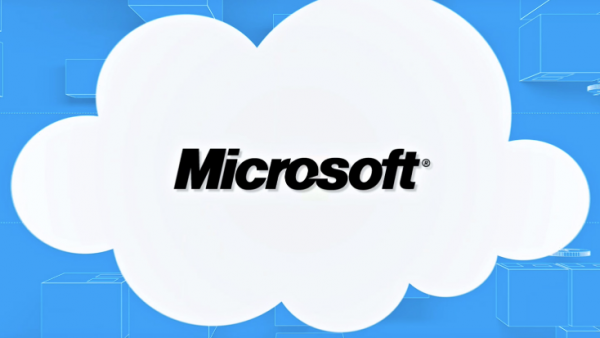By Mala Srivastava, | May 15, 2017

Microsoft has taken an extraordinary step to protect users
According to several reports, the WannaCrypt ransomware worm has exploded across 74 nations, infecting universities, rail stations, Fedex and hospitals. Also, European telco Telefonica is affected.
WannaCrypt infected hundreds of computers, and some extremely high-profile targets were hit. Over 1,000 infections were reported by Russia's Ministry of Internal Affairs.
Like Us on Facebook
The infection vector seems to work through a vulnerability, initially exploited as 'ETERNALBLUE' and developed by the National Security Agency. The virus seems to have initially spread through email as compressed file attachment.
Therefore, before clicking on email's attachments, users should confirm that they are legit. Once it is on one system, it can spread across private networks easily using a bug in the Windows SMB Server.
To prevent WannaCrypt ransomware from exploiting the vulnerability, Windows updates are being rolled out to various out-of-date operating systems.
Redmond-based Microsoft has rolled out emergency security patches to protect against the malware for Windows Server 2003, Windows XP and modern builds, The Verge reported.
Here are some tips to protect yourself
1. Antivirus Software
Scans can stop malware from being installed. WannaCry takes over a user's computer, encrypts their files and threatens to erase them unless they pay $300.
To unlock their data, users can try a decryption tool. However, the tool will not always work, and cybercriminals will occassionally use apps as bait to further infect their system ( if users download one, they should get it from a trusted site only).
2. Update
Users should ensure that their operating system is updated if their PC runs Windows, according to Fortune. They should approve auto-updates, if their Windows system allows that. Users should always approve Windows software updates so they are running the most latest secure system.
3. Data Backup
If users have their data saved on a different system, then they will not be at risk of losing all their data files and pictures if they get infected. The good options are an external hard drive that users update daily and is not connected to a cloud-storage service or the internet.
-
Use of Coronavirus Pandemic Drones Raises Privacy Concerns: Drones Spread Fear, Local Officials Say

-
Coronavirus Hampers The Delivery Of Lockheed Martin F-35 Stealth Fighters For 2020

-
Instagram Speeds Up Plans to Add Account Memorialization Feature Due to COVID-19 Deaths

-
NASA: Perseverance Plans to Bring 'Mars Rock' to Earth in 2031

-
600 Dead And 3,000 In The Hospital as Iranians Believed Drinking High-Concentrations of Alcohol Can Cure The Coronavirus

-
600 Dead And 3,000 In The Hospital as Iranians Believed Drinking High-Concentrations of Alcohol Can Cure The Coronavirus

-
COVID-19: Doctors, Nurses Use Virtual Reality to Learn New Skills in Treating Coronavirus Patients











